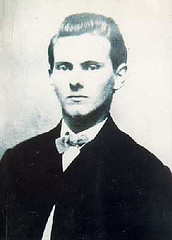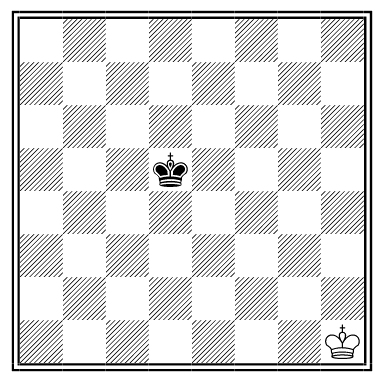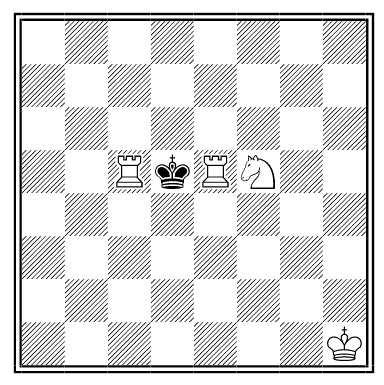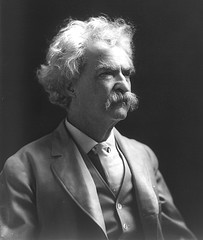
Jesse James once sought shelter at a lonely farmhouse. The widow there apologized for her poor hospitality. She said she had very little money and despaired of paying the debt collector, who was coming imminently to demand $1,400.
James gave her $1,400 and told her to get a receipt. Then he hid outside and watched the road.
The debt collector arrived, looking grim, and entered the house. A few minutes later he emerged, looking pleased.
James accosted him, took back the $1,400, and rode off.




